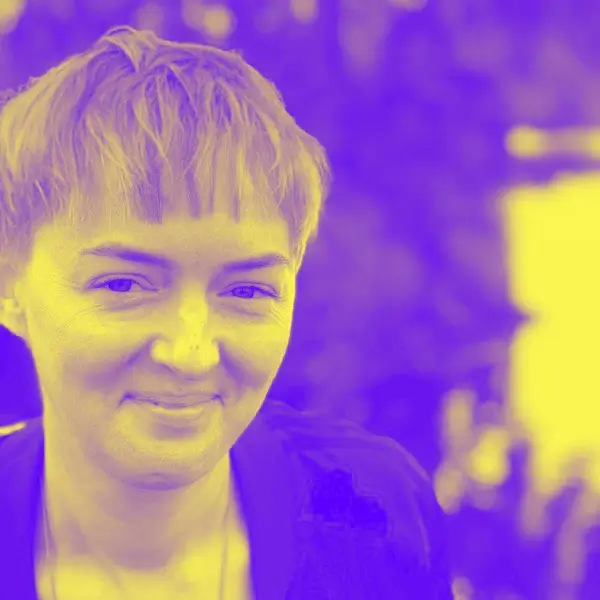Why 2 First Drafts Can Be Better than One
Written by:
In creative pursuits like copywriting and design, there’s always more than one answer to a question. And even linguistics and psychology may suggest more than one correct response to the brief. Having to decide on “the one” first draft can make the beginning of projects feel difficult and frustrating: writers feel pressure to meet the client’s expectations and make a good impression. Tight deadlines and fear of rejection come together in a toxic writer’s block.
“Twice and thrice over, as they say, good is it to repeat and review what is good.”
— Plato
Here at From Scratch, we think it’s possible to get it right(ish) the first time — and the process can even be fun for both writer and client. That’s because sometimes, we like to play with the brief to produce different versions of that very first draft.
Take a look behind the scenes and find out about the benefits of our approach.
More interesting copy presentations for clients
In our experience, most people take an interest in communication. Some even get fascinated with small aspects of grammar. So, at the beginning of some new projects, we like to present 2-3 possible directions for the same small part of the project — and their creative and scientific backgrounds. For example, we might offer a number of different email subject lines, intro paragraphs or headlines.
We’ve found that meetings are much more enjoyable when that shared love of language is allowed a bit of room.
By the way, we don’t ever justify our copy purely based on aesthetics. Instead, we explain the business advantages of each option — and the customer benefit too.
Easier user research
Not sure how customers will respond to the new words? Let’s ask them! We can use the different options to gain quantitative data through surveys, or observe and interview people as they read the different versions for more qualitative insights.
Better client relationships
Every brand (and every person) is conservative in some situations — and light-hearted in others.
Using multiple drafts ranging from traditional to bold and fresh, we can address more different style preferences — and calibrate the highest and lowest ‘settings’ of a brand’s tone of voice. It’s a great way of getting to know each other better at the start of a project.
“You never know how exactly the client feels … until they see your work.”
— Jane Portman, Fundamental UI Design
Better copy quality
Working on several versions of the same email, FAQ article or landing page usually improves the quality of each one:
- We build on multiple creative ideas instead of dismissing them in favour of one.
- In coming up with several distinct solutions to a problem, we get to interrogate the brief more deeply. Properly understanding the problem we’re addressing always makes for clearer thinking and writing.
- Contrasting concepts highlight different angles of the brief. Client feedback on those angles helps us prioritise and make better creative decisions later on in the project.
- It helps us remember that creativity isn’t a chore: not every piece of text needs to be dramatically different from what everybody else is doing. In customer support, words need to work — everything else is a nice extra. But that doesn’t mean they should be boring.
- On the other hand, coming up with different drafts helps us break out of techniques that have worked for us in the past and explore new styles. It’s motivating, fun and helps ideas to flow more freely.
Hat tip to Jane Portman, whose Fundamental UI Design has inspired us to adopt this practice.
Read it for free over at Lapa Books.
Curious about working with us?
Get in touch for a free 20-minute call, no strings attached.
